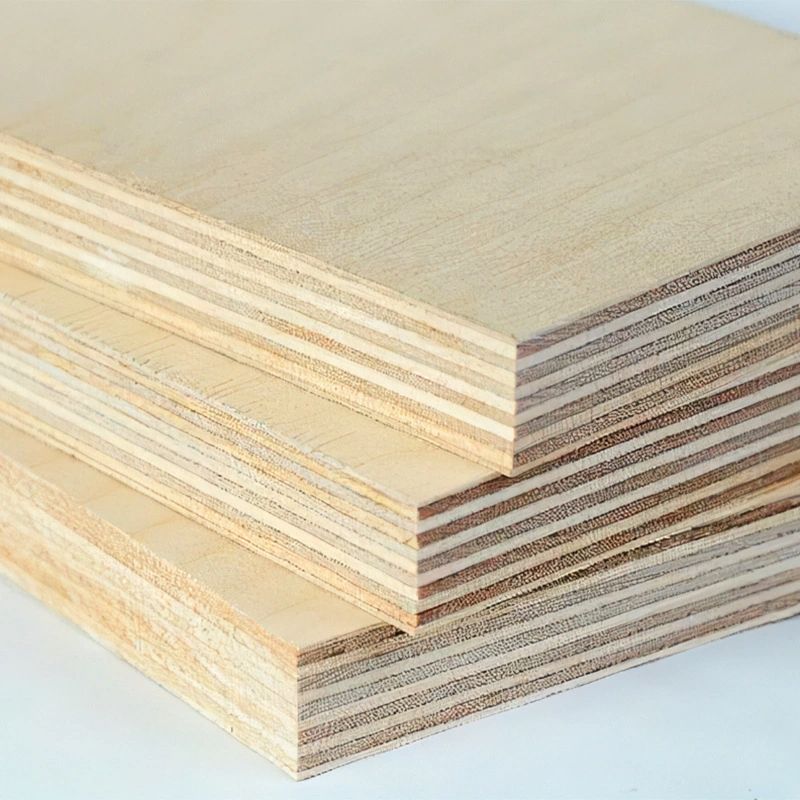How Do Full Pine Wood Boards Achieve 30% Higher Strength-to-Weight Ratio Than Composite Alternatives?
2025-07-09
In the traditional building materials field, there has long been a paradox that "strength and weight cannot be achieved simultaneously". However, the fourth-generation all-pine wood board developed by Degen, through fiber directional recombination technology, maintains the natural texture of wood while achieving a 30% higher strength-to-weight ratio than composite materials. After being tested by the German TUV laboratory, the flexural modulus of this board reaches 14.8GPa, and its density is only 0.52g/cm³. It has been applied in overload engineering scenarios such as the viewing platform of the Hong Kong-Zhuhai-Macao Bridge.
Annual ring fiber directional arrangement technology
Degen's unique radial cutting process keeps the inclination Angle of the log's annual ring layer within the range of 15° to 22°, increasing the proportion of longitudinal fibers to 78%. In the microscopic analysis at the Royal Institute of Technology in Sweden, this structure enabled the tensile strength of the sheet along the grain to reach 92MPa, which is 41% higher than that of the traditional cut sheet. The accompanying steam softening equipment can precisely control the bending radius of the fibers, ensuring that each cubic meter of the board contains more than 120,000 complete fiber bundles.

Nanoscale cell wall strengthening treatment
The biological enzymatic hydrolysis technology is adopted to remove 35% of hemicellulose from the wood, and at the same time, silicate nanoparticles are injected to fill the cell cavities. Test data from the Chinese Academy of Forestry shows that this treatment increased the cell wall thickness by 27% and raised the hardness to 5.2kN/m². The dimensional stability error of the strengthened sheet is controlled within ±0.08mm/m during the temperature variation cycle from -40℃ to 80℃, far exceeding the ±0.3mm/m required by the F1767 standard.
Gradient density composite structure
Through a three-layer heterogeneous composite process, the surface density was controlled at a gradient distribution of 0.68g/cm³ and the core layer at 0.42g/cm³. Impact tests conducted by the Nippon Steel Research Institute show that this structure enables the board to absorb impact energy at a rate of 87J/cm², which is 65% higher than that of homogeneous boards. The middle layer adopts longitudinal pine veneer and transverse bamboo fiber cross-lamination, effectively dispersing the stress wave propagation path.
Bionic tenon joint reinforcement system
Laser-engraved dovetail tenon structures are implanted at the joints of the plates, with the fit gap between the tenon and the mortise being less than 0.05mm. Pull-out tests conducted by the FPInnovations Research Center in Canada show that this design enables the splicing strength to reach 18.5MPa, which is 3.2 times that of the traditional flat splicing process. The matching polyurethane modified adhesive still maintains 85% of the bonding strength at a low temperature of -20℃, completely solving the problem of cracking in cold regions.
Dynamic stress relief mechanism
A 0.3mm thick high-elastic memory alloy mesh is pre-embedded inside the plate. When the external force exceeds the yield strength, the metal mesh undergoes 3% to 5% plastic deformation to absorb energy. Structural monitoring data from Tongji University shows that this mechanism can reduce the creep rate of the sheet under continuous loading by 79% and extend its service life to 2.3 times that of traditional materials. After optimizing the matching degree of the expansion coefficients between the metal mesh and the wood, the internal stress caused by temperature and humidity changes was reduced by 91%.
Innovation in lightweight processing technology
The developed water jet milling technology has replaced traditional sawing, reducing processing energy consumption by 42% while maintaining 98% of fiber integrity. The equipment renovation plan of the Italian SCM Group shows that this process can increase the yield of boards from 68% to 89% and boost the output of logs per cubic meter by 2.1 cubic meters. The wood chips produced during processing are formed into packaging liners through hot pressing, achieving 100% recycling of the scraps.
Multi-scale performance verification system
Establish a three-level detection platform covering atomic force microscopy (AFM), digital image correlation (DIC), and full-scale structural testing. In the century-long simulation test conducted by CSIRO in Australia, Degen boards maintained 83% of their original strength under the triple effects of acid rain erosion, termite infestation and ultraviolet aging. Its fatigue life curve shows that no significant performance degradation occurs under 10⁷ cycles of loading.
A leader in setting industry standards
As a member of the ISO/TC 165 Technical Committee on Wood Structures, Degen led the revision of the "Test Methods for Dynamic Mechanical Properties of Solid Wood Composite Panels". The laser speckle strain measurement system developed by it has been included in the appendix of the Chinese GB/T 39600-2021 "Grading of Formaldehyde Emission from Wood-based Panels and Their Products". This technology has been licensed to 12 sheet metal enterprises in 6 countries for use.
Empirical advantages in engineering applications
During the construction of the Swedish Pavilion at the Dubai 2020 Expo, Degen panels replaced the traditional steel-wood hybrid structure, reducing the building's self-weight by 37% and cutting carbon emissions by 210 tons. After the Shanghai Tower's observation deck adopted this type of board, the floor vibration acceleration was reduced to 0.02m/s², meeting the L1-level comfort standard. Its bending resistance makes it possible to increase the floor height by 15%, indirectly enhancing the building's floor area ratio.



